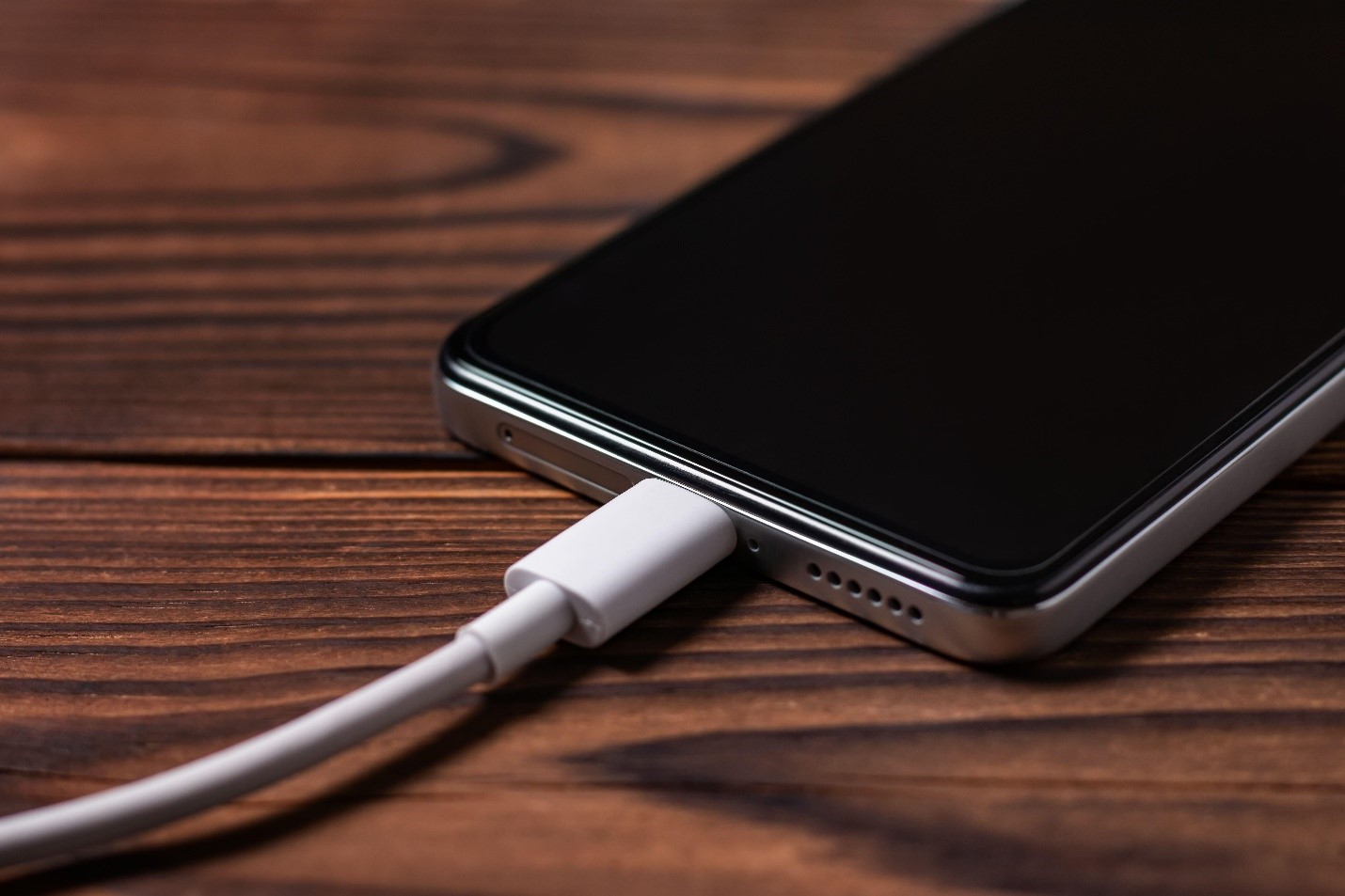Like so many, I rely entirely on my phone for my wallet, communications, podcasts, and to keep up with my socials.

These days, is a charging cable a potential replacement for a physical payment card?
I was genuinely surprised when a friend of mine – one of the fintech OGs – recently said he had loaded a bank card onto his phone’s pay app for the first time. He was taking his first tentative steps into the wild world of using a phone for pay. He asked if I take a card with me, just in case. I said nope, I take a charging cable!
It has been a long time since I went through the transformation process of loading a card onto my mobile wallet. While I initially carried a physical card as a backup, I soon realised that paying with my phone rarely fails, so I quickly began trusting my phone in its entirety and untethered myself from my physical wallet, leaving it at home only for it to get lost in that kitchen drawer where the odds and sods of everyday life seem to accumulate.
One day, I was in London for a meeting. After the meeting, I decided to head home via the Lido, which is close to where I live, for a swim. But first, I needed a cup of coffee.
Disaster struck. I went to pay for a coffee using my phone, but it was out of battery. Who else suffers from putting their phone on to charge overnight, only to discover it’s been unplugged by someone who deems their phone more important? No phone, meaning no money and no ticket home. And worse, I had no charging cable. I had to ask the kiosk if they had a charger, then stood around like a lemon while my phone charged sufficiently.
So, I was faced with that modern dilemma my friend had asked about. Should I carry a card? Or should I forget the card and carry a charging cable? I decided a charging cable felt more worthwhile. After all, a phone is not just about money.
Is a charging cable, therefore, a potential replacement for a physical payment card? Maybe some banks will read this and see an opportunity for a branded charging cable…
So why do banks still send us plastic? Is it for regulatory reasons? According to ChatGPT, that’s not the case.
The only advantage plastic cards have over mobile wallets is the ability to withdraw money from ATMs and paying in countries that don’t have high smartphone penetration. However, I suspect that advantage will not last much longer as phones increasingly connect with ATMs and mobile wallets extend globally. Plastic cards are slowly becoming an anachronism and a colossal waste of energy and plastic. Abandoning them altogether offers banks serious environmental opportunities, and increasingly, a few institutions only offer physical cards as a secondary option.
But there remains a vast number of plastic cards out there. One estimation is that there are over 20 billion payment cards in circulation globally (most, it would seem, in my kitchen draw), many of which are PVC. If each card weighs approximately five grams, the total amount of plastic used for payment cards is around 100,000 tonnes, or around 223 Boeing 747 “Jumbo Jets”.
And finally, if all the payment cards in the world were placed end to end, they would stretch approximately 1,712,000 kilometres. For context, the average distance from the Earth to the Moon is about 384,000 kilometres, meaning this chain of cards could theoretically stretch between the Earth and the Moon more than four times.
Companies are moving to more environmentally aware materials. For instance, HSBC’s debit, credit, and commercial cards are now made from 85% recycled plastic, as are Bank of America’s. They are using rPVC, which is made from recycled PVC. Revolut and American Express have metal cards.
But the vast majority of cards in circulation globally remain single-use plastics.
The energy and water needed to make, store, and send them out is likely to be considerable.
Are there new trends emerging? I may have, on more than one occasion, realised I needed a card for a foreign trip, tried to find it in “that cursed draw”, failed on the first attempt, and then decided it would be easier to order a new one. Modern bank processes allow you to request a card and it will generally arrive one to two days later.
At this point, without fail, the old card magically appears under an old birthday card I’ve been saving because, as someone in my 50s, it’s the only one I received.
Maybe I’m alone, but probably not.
I’m not saying that we need to get rid of cards altogether. That would impact people who do not have smartphones but need a bank card. But maybe it is time to encourage us to think carefully about whether we need them, as a few banks are already doing.
So, it is time to ensure I have a trusty charging cable with me wherever I go and to say “No, thank you” when applying for a new or replacement card.